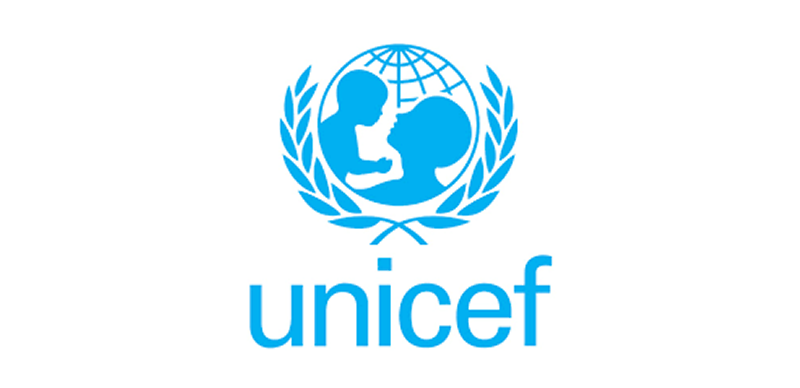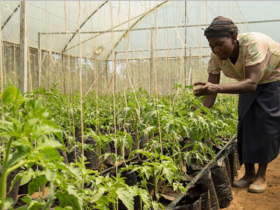In 2024, extreme weather conditions led to widespread disruptions in education globally, affecting approximately 242 million students across 85 countries. The United Nations Children’s Fund (UNICEF) reported that heatwaves, storms, floods, and droughts were the primary causes of these disruptions.
UNICEF’s analysis emphasized the impact of such extreme climate events on school closures and operational challenges, with heatwaves posing the most significant threat to education. UNICEF’s executive director, Catherine Russell, warned that severe weather conditions kept one in seven students out of school, jeopardizing their well-being and educational progress.
Countries most severely impacted by climate-related school interruptions included Afghanistan, Bangladesh, Mozambique, Pakistan, and the Philippines. The analysis revealed that 74% of affected students resided in low- and lower-middle-income countries, with South Asia being the worst-hit region, affecting 128 million students.
East Asia, the Pacific region, and Africa also faced significant disruptions due to extreme weather events like floods and droughts. In Europe, torrential rains and floods disrupted lessons for thousands of students in Italy and Spain.
UNICEF stressed the importance of prioritizing education in climate-related discussions, as it plays a crucial role in preparing children for climate adaptation. Russell emphasized the need to place children’s futures at the forefront of all climate-related plans and actions.

















Leave a Reply